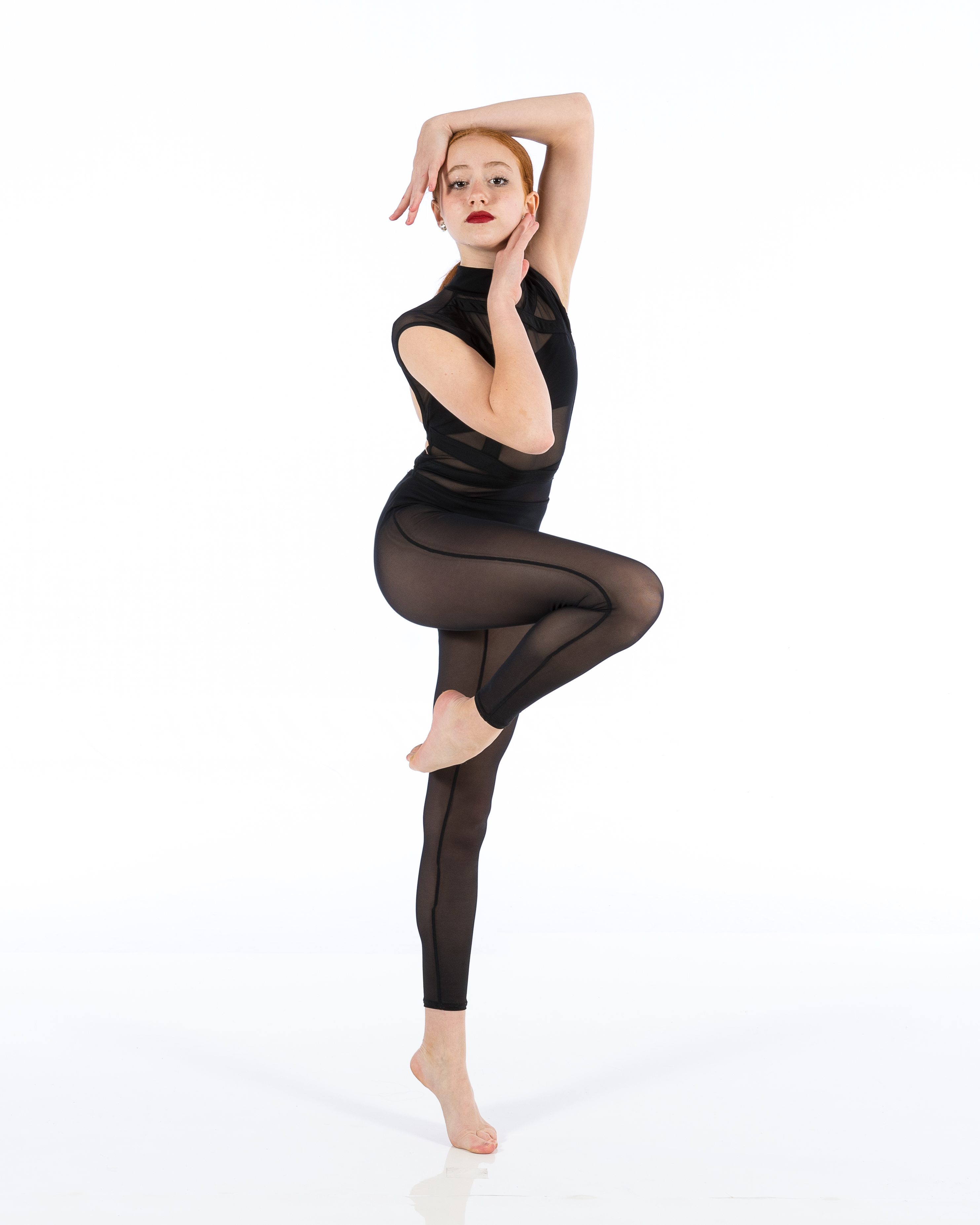Introduction
In the vibrant world of dance, performers push their bodies to the limit, expressing emotion and artistry through movement. However, with this passion comes the inherent risk of injury, accidents, or unforeseen emergencies. As dancers, whether you are a novice or a seasoned professional, it’s crucial to have a clear understanding of Emergency Contacts and Procedures Every Dancer Should Know. This comprehensive guide aims to equip dancers with essential information to navigate unexpected situations in their dance studio or during performances.
Understanding the Importance of Emergency Contacts
What Are Emergency Contacts?
Emergency contacts are individuals designated to be reached in case of an emergency situation involving a dancer. These contacts could be family members, friends, or guardians who can provide assistance or make critical decisions on behalf of the dancer when they are unable to do so.
Why Are Emergency Contacts Essential for Dancers?
Dancers often engage in physically demanding routines that may lead to injuries or medical emergencies. Having reliable emergency contacts ensures that help is readily available when needed. In addition, it fosters peace of mind for both dancers and their families.
Creating an Effective Emergency Contact List
Who Should Be Included?
When compiling your emergency contact list, consider including:
- Parents or Guardians: Immediate family members should always be at the top of your list. Close Friends: Trusted friends who can respond quickly. Dance Studio Owner/Manager: They must be informed of any incidents occurring within the studio. Medical Professionals: A nearby hospital or clinic should also be listed.
How to Format Your Contact List
Use a simple format that includes:
| Name | Relationship | Phone Number | |---------------------|-------------------|------------------| | Jane Doe | Mother | (123) 456-7890 | | John Smith | Close Friend | (234) 567-8901 | | Sarah Johnson | Dance Studio Owner | (345) 678-9012 | | Local Hospital | Medical Facility | (456) 789-0123 |
Key Emergency Procedures for Dancers
What Should You Do in Case of Injury?
Stay Calm: Panic can exacerbate an already stressful situation. Assess the Situation: Determine the severity of your injury before taking further steps. Notify Someone: Inform your dance instructor or fellow dancers about your condition.When to Seek Medical Attention?
Understanding when to seek medical attention is vital. Here are some signs that necessitate immediate help:
- Severe pain Difficulty moving a limb Excessive bleeding Unconsciousness
First Aid Basics Every Dancer Should Know
Common Injuries in Dance
Dancing can lead to various injuries, including:
- Sprains and strains Fractures Cuts and bruises
First Aid Techniques
Knowing basic first aid techniques can make a significant difference:
R.I.C.E Method for Sprains:- Rest Ice Compression Elevation
- Clean the wound Apply pressure with a sterile bandage
The Role of Dance Studios in Emergencies
How Dance Studios Prepare for Emergencies
Dance studios should have protocols in place for emergencies that include:
- Regular first-aid training for staff Clear communication channels established among dancers and staff Access to first-aid kits and emergency equipment
Importance of Staff Training
Trained staff can provide immediate care and manage emergencies effectively until professional help arrives.
Communication During Emergencies
What Information Should You Provide?
In an emergency situation, clear communication is critical. Always convey:
Your name and age. The nature of the incident. Any known medical conditions.Emergency Protocols During Performances
Safety Measures Before Going On Stage
Before stepping onto stage, ensure you’re aware of:
- Location of exits Nearest medical personnel
What Happens if an Injury Occurs Mid-performance?
If you sustain an injury during a performance, follow these steps:
Signal your fellow dancers discreetly if possible. Stop dancing immediately but try not to panic. Wait for assistance from backstage crew or medical personnel.Emergency Contacts and Procedures Every Dancer Should Know
As we’ve highlighted throughout this article, understanding emergency contacts and procedures is crucial for every dancer's safety and well-being in both practice environments like dance studios as well as during performances.

Here’s a recap checklist:
- Make sure you have updated emergency contact information accessible at all times. Familiarize yourself with basic first-aid skills relevant to common dance injuries. Understand how your dance studio prepares for emergencies—ask questions if necessary!
FAQs about Emergency Procedures for Dancers
1. What should I do if I experience severe pain while dancing?
If you experience severe pain while dancing, stop immediately and notify your instructor or someone nearby who can assist you.
2. How often should I update my emergency contact list?
It’s wise to review your emergency contact list every few months or whenever there are changes in relationships or contact information.
3. Are there specific first-aid courses recommended for dancers?
Yes! Look for courses that focus on sports medicine or specific training tailored toward performing arts injuries.
4. Is it necessary for dance studios to have first-aid kits?
Ballet Dance StudioAbsolutely! Every dance studio should have well-stocked first-aid kits accessible at all times.
5. Can I treat minor injuries on my own?
For minor injuries like small cuts or bruises, basic first aid can be applied at home; however, if unsure about treatment options consult with a Hip Hop Dance Studio techniques healthcare provider.
6. How can I encourage my peers at the dance studio to take emergency procedures seriously?
Lead by example! Raise awareness through discussions during practice sessions about safety measures—education is key!
Conclusion
Being prepared is half the battle when it comes to dealing with emergencies as a dancer. Understanding Emergency Contacts and Procedures Every Dancer Should Know allows you not only to protect yourself but also supports those around you within your community—especially at your beloved dance studio! Whether it's knowing how to assess an injury properly or having quick access to emergency contacts ready when things go awry—the knowledge you've gained today will empower you in many ways as both a performer and individual committed to safety in artful expression through movement.
By equipping yourself with this vital information today, you're ensuring that you'll be able not only to perform beautifully but also safely—a win-win scenario every dancer strives for!